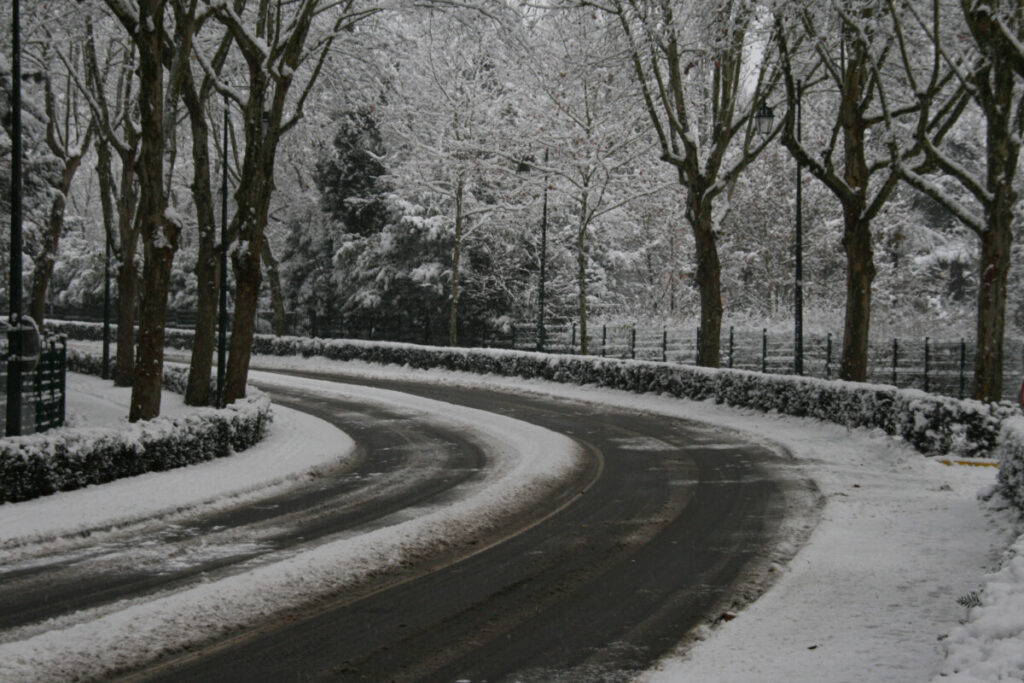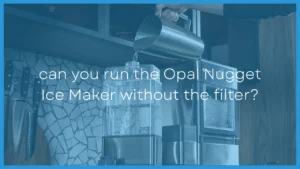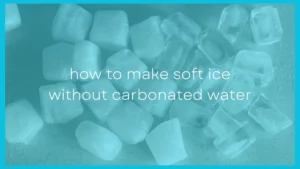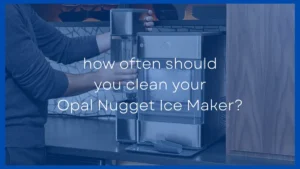After winter storms, snowplows and salt trucks come out, and they do two things. The plows push most of the snow out of the way to make roads safer to drive.
The salt trucks spread small salt rocks on the road because it melts ice. But how exactly does salt melt ice?
Salt molecules dissolve in the thin layer of water that is present on ice. When this happens the salt molecules block the water molecules from sticking together turning it into liquid. Freezing point depression occurs meaning a lower temperature is needed to turn the now salt water into ice.
Whereas regular water turns to solid ice at 32ºF (0ºC) salt water can need temperatures as low as 10ºF (-12ºC) in order to turn from a liquid into a solid.
Rock salt will be most effective at melting ice close to 32ºF (0ºC) and will get less effective the lower the temperature gets. For temperatures below 10ºF (-12ºC) you will likely need an alternative to rock salt to melt the ice.
Ice is dangerous when on the road or on paths as cars can loose grip and slide around causing accidents and people can fall over. It may not seem like salt helps, but it helps ice melt because it lowers the freezing temperature. More information about why is discussed below.
How Does Salt Lower the Freezing Point of Ice?
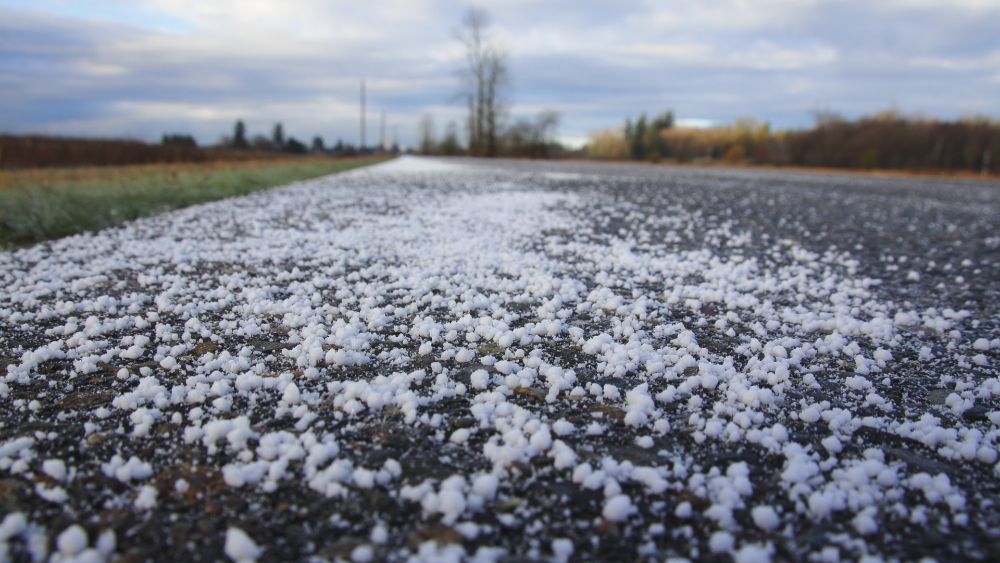
Water freezes at 32°F (0ºC). However, when water has the maximum amount of salt dissolved in it, the mixture's freezing point can be as low as 10-0°F (-12 to -18ºC). Why does salt have that much effect on the freezing point of water and ice?
When salt is poured onto the ice like it is in most cities, the salt begins dissolving in the thin layer of water on top of the ice.
This layer of water is always there, on top of the ice (even if you can't see it, that's how thin it is). This thin later is in a constant state of freezing and unfreezing.
However, when the salt dissolves in that watery film atop the ice, it dissolves into the water and the freezing point of that layer of water starts to lower. This means this water is unlikely to refreeze and a new layer is formed on top of the remaining ice continuing the process.
This continues in a pattern that can be compared to the domino effect.
As a layer of ice melts, it adds to the layer of water above the ice, and the salt continues to dissolve in it. There is now more water to help the salt dissolve ice. As the ice melts, the roads become less dangerous. This process repeats until only water is left on the roads.
What is Freezing Point Depression?
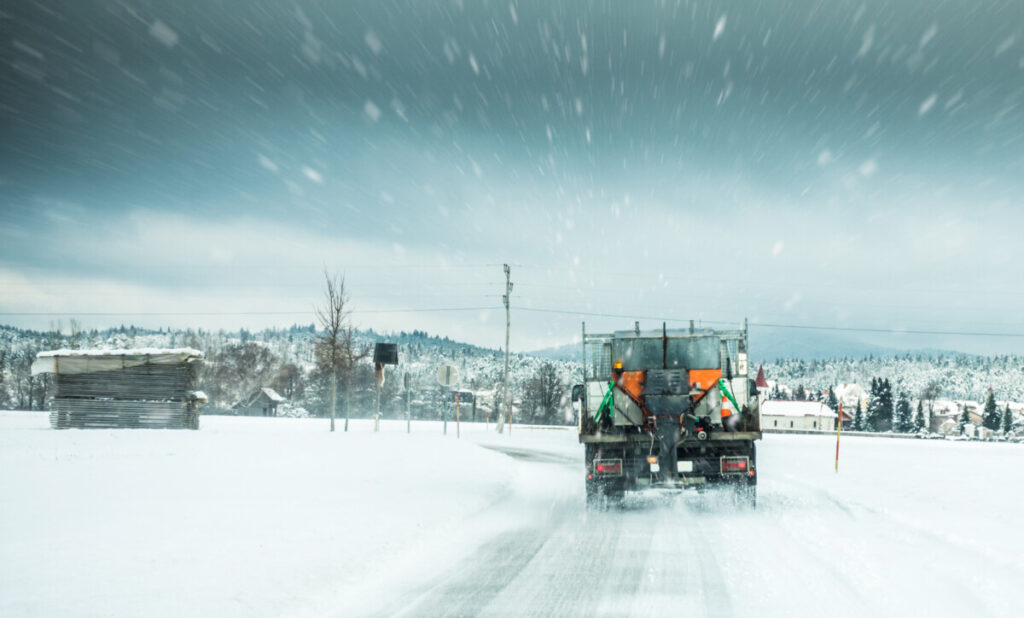
Freezing point depression means that the freezing point of a solution is lower than the freezing point of the solvent liquid. You are “depressing” or lowering the temperature a solution needs to reach before it turns into solid ice.
In the case of salting icy roads, the solvent is water. On top of the ice is a thin layer of water that you can't really see.
This thin layer of water is generally what makes ice so slippery in the first place.
When salt is placed on ice it begins to dissolve into this thin layer of water introducing a completely different compound to the water and thus lowers the concentration of pure water.
So, as the water molecules try to bond together to create ice, the salt molecules stand in between the solid water molecules and the liquid water molecules, and it doesn't allow some (not all, because some do get past the salt molecules) liquid ones to reattach to the solid ones, even as some water molecules break off from the ice and become liquid again.
Although it may not seem like salt on the roads increases traction for tires, it does because it melts the ice and lowers the freezing temperature.

